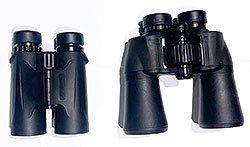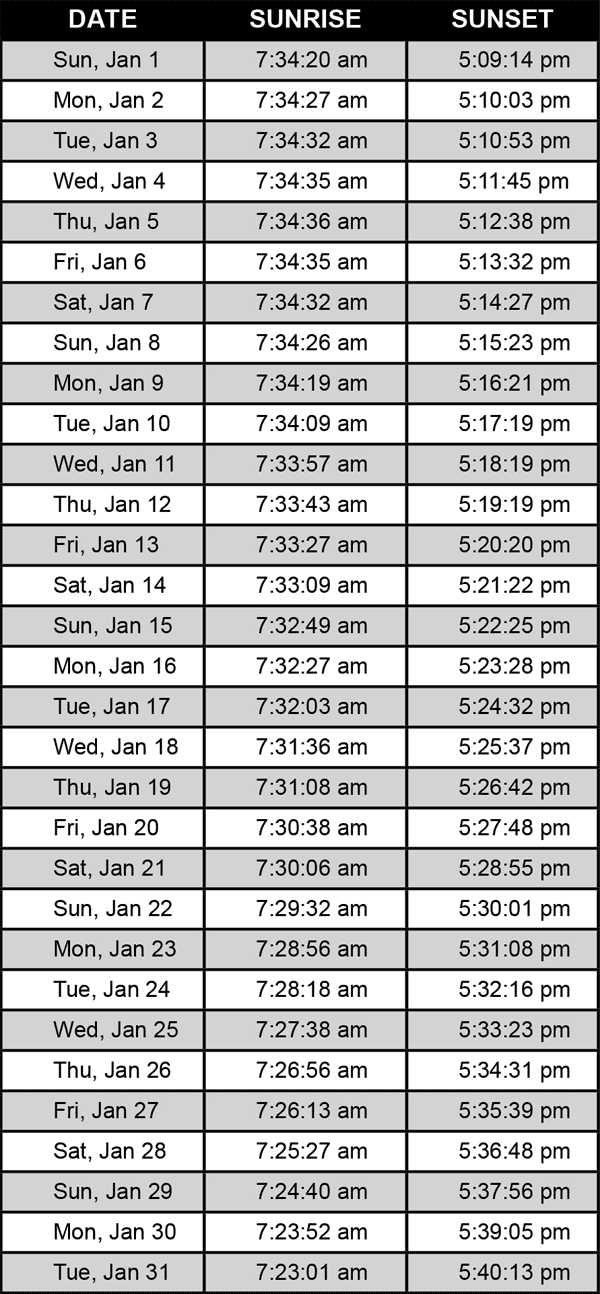DARK SKY HAPPENINGS - January 2023
Moab
UT (at City Hall)
38O34’ N Latitude
109O33’ W Longitude
4048 ft - 1234 m |
Binoculars: A Great First Telescope
David Prosper - Nasa Night Sky Note
 Would it surprise you that amazing views of some astronomical objects can be found not just from giant telescopes, but also from seemingly humble binoculars? Binoculars can show a much larger field of view of the sky compared to most telescopes. For example, most telescopes are unable to keep the entirety of the Pleiades or Andromeda Galaxy entirely inside the view of most eyepieces. Binoculars are also a great investment for more advanced observing, as later they are useful for hunting down objects to then observe in more detail with a telescope. Would it surprise you that amazing views of some astronomical objects can be found not just from giant telescopes, but also from seemingly humble binoculars? Binoculars can show a much larger field of view of the sky compared to most telescopes. For example, most telescopes are unable to keep the entirety of the Pleiades or Andromeda Galaxy entirely inside the view of most eyepieces. Binoculars are also a great investment for more advanced observing, as later they are useful for hunting down objects to then observe in more detail with a telescope.
Binoculars are an excellent first instrument because they are generally easy to use and more versatile than most telescopes. A good pair of binoculars, ranging in specifications from 7x35 to 10x50, will give you great views of the Moon, large open star clusters like the Pleiades (M45), and, from dark skies, larger bright galaxies like the Andromeda Galaxy (M31) and large nebulae like the Orion Nebula (M42). While you likely won’t be able to see Saturn’s rings, as you practice your observing skills you may be able to spot Jupiter’s moons, along with some globular clusters and fainter nebulae from dark sites, too.
The two most popular types of binocular designs are shown here: roof-prism binoculars (left) and porro-prism binoculars (right). Roof prisms tend to be more compact, lighter, and a bit more portable, while porro-prisms tend to be heavier but often offer wider views and greater magnification. What should you choose? Many birders and frequent fliers often choose roof-prism models for their portability. Many observers who prefer to observe fainter deep-sky objects or who use a tripod with their observing choose larger porro-prism designs.
A pair of good binoculars can show craters on the Moon around 6 miles (10 km) across and larger. How large is that? It would take you about two hours to hike across a similar-sized crater on Earth.
Sunrise-Sunset
(The time of sunrise and sunset assumes a flat horizon. Actual time may
vary depending upon the landscape.) |
 |
MOON HAPPENINGS
Jan 6 - Full Moon at 4:09pm
Jan 14 - Last Quarter at 7:13pm
Jan 21 - New Moon at 1:55pm
Jan 28 - First Quarter at 8:20am
|
Moab Dark Skies mission is to promote the appreciation and conservation of Moab’s valuable and rare dark skies. Moab Dark Skies was established by the Friends of Arches and Canyonlands Parks in conjunction with the National Park Service and Utah State Parks Division of Natural Resources
For more information, check out our Facebook page. |
|